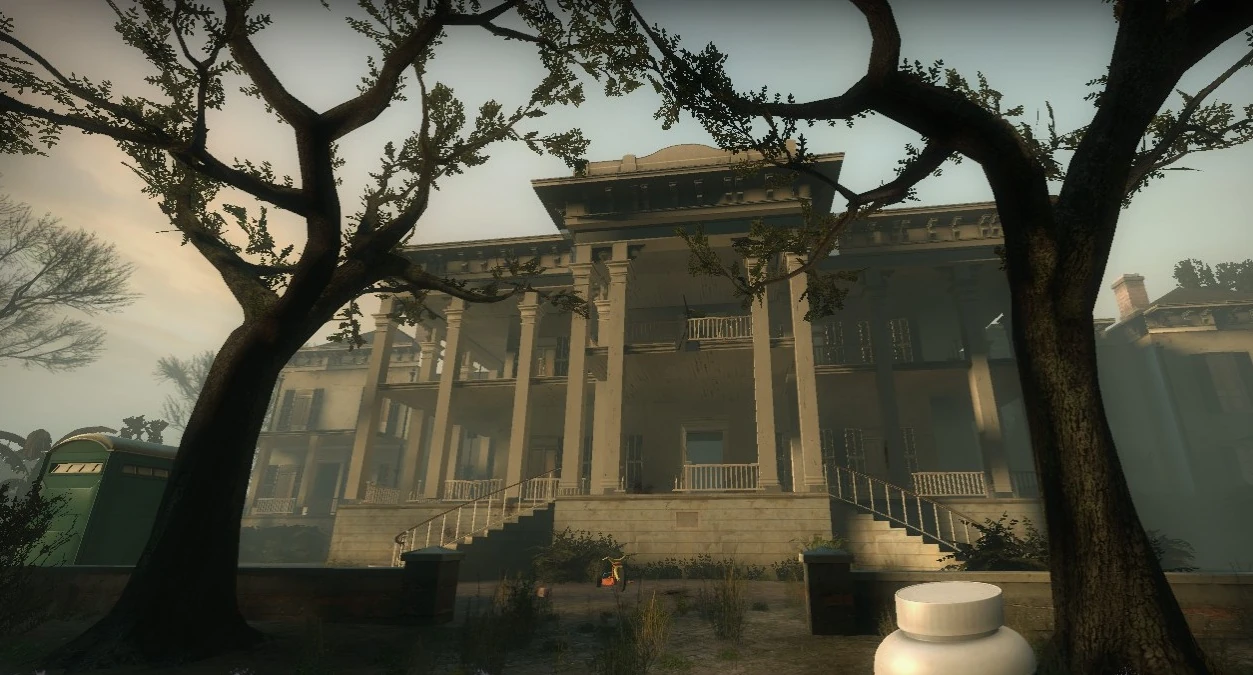In the annals of American history, the juxtaposition of elegance and tragedy often intertwines, particularly within the context of plantation houses. These architectural marvels, often emblematic of the antebellum South, stand as somber reminders of an era fraught with both opulence and moral complexities. Among these stately structures, one particular plantation house has ignited discussions surrounding its significance, offering a tantalizing question: what constitutes the true value of our historic edifices, particularly when they are lost to calamity? The burning of America’s largest plantation house exemplifies a tragic historic loss that reverberates beyond mere physical destruction.
Upon delving into the history of America’s grand plantation houses, one finds an intricate tapestry woven from the threads of wealth, labor, and societal dynamics. These expansive homes served not only as residences but also as symbols of status, often showcasing the staggering wealth amassed through the labor of enslaved individuals. The largest plantation house, which the unfortunate event of its burning centers around, embodies a culmination of architectural and cultural significance spanning centuries. Its very structure encapsulates the ideals and aspirations of a bygone era, revealing layers of complexity regarding class and race relations in America.
Constructed in the early 19th century, this monumental plantation traversed the historical landscape, serving various roles through its existence. Its grandeur was marked by intricate design elements that reflected the prevailing architectural trends of its time. Features such as expansive verandas, ornamental cornices, and lavishly appointed interiors speak to the opulence enjoyed by its inhabitants. However, these attributes starkly contrast the harrowing realities endured by those who toiled in its shadow. As one contemplates the significance of such structures, the challenge arises: how do we reconcile the beauty of these architectural achievements with the painful legacy they carry?
The plantation house stood resilient against the ravages of time until the fateful day of its destruction. Reports indicate that the fire originated from an apparent accident during restoration efforts. It spread rapidly, engulfing the historic building in flames and smoke, ultimately reducing much of it to ashes. This unforeseen disaster not only constituted a loss of property but also erased a tangible link to a complex historical narrative, rendering a collective grief among historians, conservationists, and descendants alike.
In the aftermath of the fire, various stakeholders grappled with the implications of this loss. Historians lamented the destruction of a significant landmark that had served as a educational resource, illustrating the complexities of American history. Preservationists faced an uphill battle in their quest to advocate for the protection of similar structures, often encountering the daunting task of convincing the public of their inherent value. What measures can be taken to honor the memory of such a loss while simultaneously fostering a commitment to preserve existing historical sites?
The aftermath of the fire also prompted renewed discourse surrounding historical interpretation and memorialization. The house, once a physical embodiment of luxury and power, underwent a transformation in its narrative. As its ashes settled, discussions emerged regarding how to appropriately remember such sites. Should we focus on the architectural aesthetics, or should the emphasis shift toward the stories of those who lived and labored within its confines? This question invites a broader exploration of how society chooses to remember its past and the ethical implications intertwined with those choices.
Engaging with the community further enhances the discourse surrounding the significance of historic structures. The involvement of grassroots organizations has become paramount in advocating for awareness and education regarding the historical context of plantation houses. Initiatives often include guided tours and seminars, weaving narratives that honor the experiences of enslaved individuals alongside those of the plantation owners. This dual narrative approach paves the way for a more inclusive understanding of the past, offering a challenge to traditional historical narratives to be more reflective and encompassing.
As America navigates its evolving relationship with its colonial past, the burning of the largest plantation house serves as a poignant reminder of the fragility of history. The discussion that surrounds this tragic loss extends beyond the immediate physical destruction, beckoning a broader examination of cultural memory and legacy. It invites a reflective inquiry into our contemporary understanding of heritage, identity, and the moral responsibilities inherent in engaging with the complexities of history.
The consequences of such a catastrophic event extend into future generations, as it offers a learning opportunity for both scholars and the public alike. By examining the loss of this architectural gem, society is encouraged to consider what steps can be taken to preserve the cultural memory embedded within plantation sites. Through proactive measures focused on education, community engagement, and preservation efforts, there lies potential for reconciliation with the past. Ultimately, the burning of America’s largest plantation house transcends mere loss; it propels an ongoing dialogue about heritage, accountability, and the legacies of those who came before.
